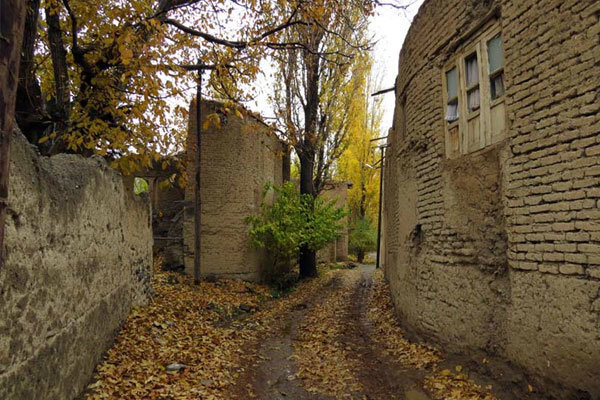Qom province to reinforce rural tourism

TEHRAN – The tourism directorate of Qom is set to reinforce rural tourism and associated infrastructure across the central Iranian province.
“Rural tourism is to be developed in Qom province by improving the tourism infrastructure,” the provincial tourism chief said on Thursday.
It is important to identify obstacles and potentials for rural tourism in order to formulate plans to improve Qom’s tourism infrastructure, Alireza Arjmandi said.
Qom’s desert region has pristine natural surroundings, which is one of the significant factors that attract tourists, the official added.
Aside from ecotourism attractions, rural areas in the province have a wide variety of historical buildings that have not been properly capitalized so far, he explained.
When it comes to rural tourism Iran, which has many pristine yet diverse natural settings, has many to offer to nature lovers. Rural tourism as well as agritourism and farm-stays can be regarded as a win-win both for local communities, and post-modern travelers who are tracing unique experiences.
Sightseers may stay with a rural or nomadic family for a while or enjoy an independent stay and assist them with day-to-day life. It also opens up an opportunity to feel rustic routines, their agriculture, traditions, arts, and culture.
Rural tourism, most of all, sets the ground for economic development in rural areas by creating additional income and employment. It can also improve the social wellbeing in rural areas, for instance by stimulating improvements in infrastructure, sanitation, and electricity networks.
The World Tourism Organization sees rural tourism as a type of activity in which the visitor’s experience is related to a wide range of products generally linked to nature-based activities, agriculture, rural lifestyle, culture, angling, and sightseeing. Such tourism also possesses characteristics such as low population density, a landscape dominated by agriculture and forestry, as well as traditional social structure and lifestyle.
The second-holiest city of the country after Mashhad, Qom is home to both the magnificent shrine of Hazrat-e Masumeh (SA) and the major religious madrasas (schools).
Apart from sightseers and pilgrims who visit Qom to pay homage at the holy shrine, the city is also a top destination for Shiite scholars and students who come from across the world to learn Islamic studies at its madrasas and browse through eminent religious bookshops.
The antiquity of Qom goes back to the Sassanid era (224 CE–651) and several historical mosques, mansions, and natural sceneries have been scattered across the city as well as towns and villages nearby.
ABU/AFM
Leave a Comment